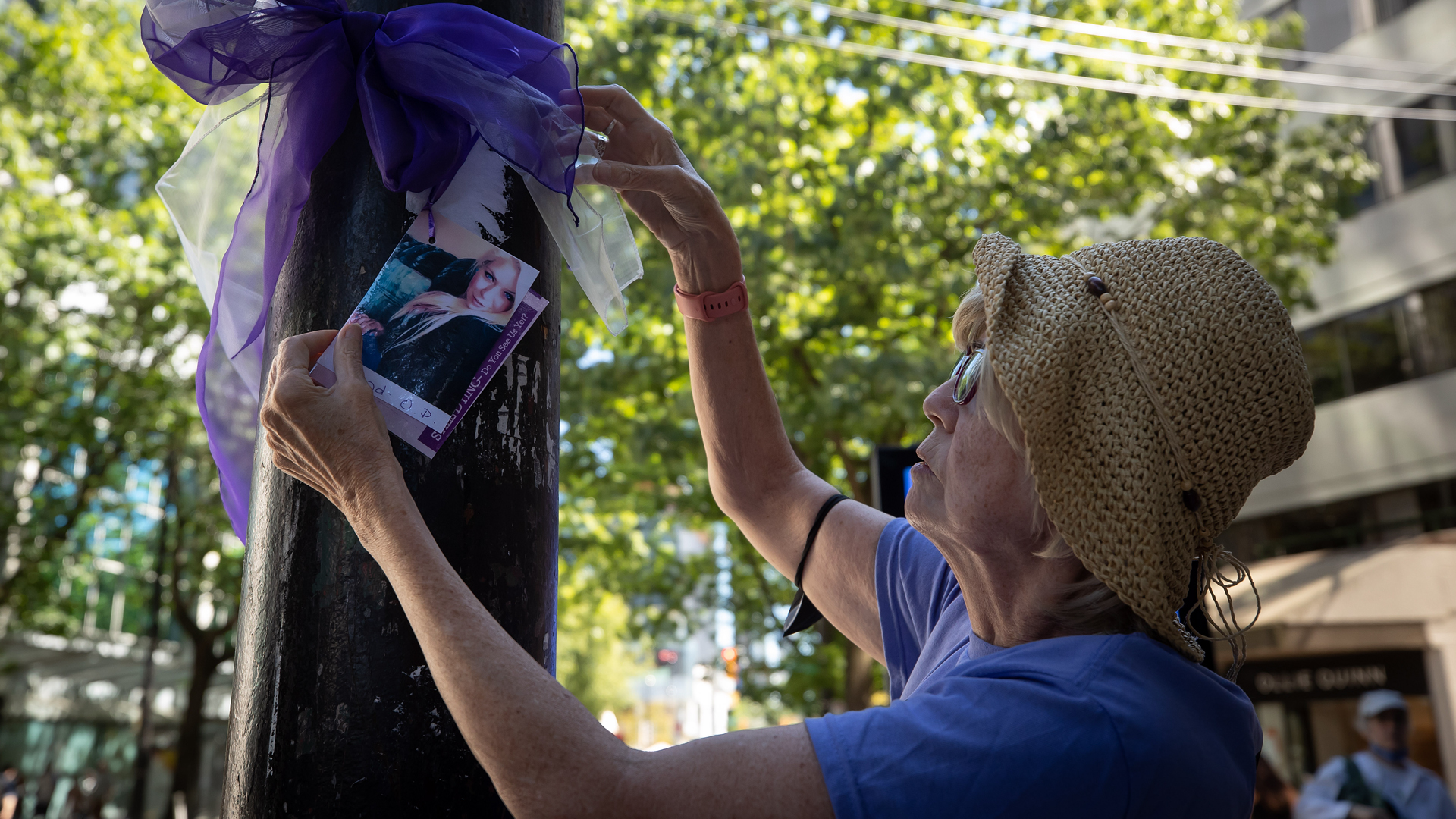
In mid-August, British Columbia’s provincial government announced that 10,000 people had died since 2016 by overdose from an unpredictable and poisonous supply of unregulated drugs.
For many of us working or living in the epicentres of the crisis, these numbers have become somewhat abstract – but the associated death, grief and worry haunt our psyche. We wait for the next correspondence informing us that someone we know has been taken by the crisis.
Meanwhile, the provincial and federal governments continue to slowly roll out a fragmented strategy, much of which has a loose, undefined connection to the crisis itself.
Their collective approach continues to underfund the supply-side interventions necessary to reduce the death toll, while directing funds to abstinence-based programming that focuses on substance-use cessation. This is an approach that has little relevance to creating a predictable, safe supply of drugs.
The past two years reveal B.C.’s and Canada’s strategy to combat the overdose crisis: to keep living, you must stop using drugs.
The 2021 B.C. budget has a section on “Substance Use and Overdose Emergency Response” – but it makes no mention of the drug supply. It pledges $330 million toward a “full spectrum of treatment and recovery services,” including $152 million toward “opioid treatment,” a portion of which may include opioid agonist therapy. But this comes with strict diversion protocol and has only a minor effect on the drug supply.
Less than 15 per cent of total investments into the “overdose emergency response” goes toward “overdose prevention.” The $45 million, dispersed over three years, includes funding for assertive community treatment (ACT) teams, consulting services for health-care workers, additional nursing supports and continued funding for already established supervised injection sites.
In other words, the relatively underfunded “overdose prevention” line item has no clear overlap with creating a predictable, safer supply of drugs. A majority of this funding effectively excludes anyone who desires to continue using drugs, those that struggle to stop and/or recreational users.
The 2022 B.C. budget update provided almost no information about the overdose crisis response. Highlighted under a section called “Investing in Mental Health and Responding to the Overdose Crisis,” there was an announcement of an additional $10 million “across three years to the Ministry of Mental Health and Addictions.” This is a newer government department which journalist Rob Shaw’s reporting indicates is effectively doing nothing. Semantically, it is another conflation of the overdose crisis with mental health and addiction services.
Similarly, in June, the federal government summarized its “actions on opioids.” Almost none of the highlighted items overlap with drug supply, other than a small amount of money set aside for substance use and addictions programs (SUAP). These projects vary widely in service provision from mental health awareness to support with quitting tobacco use.
The federal government rejected SUAP proposals such as the one from the Drug User Liberation Front. This would have seen a “compassion club” open in Vancouver’s Downtown Eastside, offering safe, tested drugs for consumption in a safe space outside of the medical system’s current monopoly on legalized drugs.
While both levels of government direct very little funding toward any kind of supply-side intervention, municipal police forces continue to boast about their supply-side disruptions.
The Crackdown podcast team and legal academic Leo Beletsky have outlined the nuances of the “iron law of prohibition.” As authorities clamp down on substances that will be used, black market drugs become smaller and more concentrated. Those who make them try to evade the watchful eye of the state, and the drugs become less predictable in that process. The typical example is the rise of stronger, unregulated alcohol, such as moonshine, in the era of alcohol prohibition.
When the overdose crisis was declared an emergency by the province in 2016, the primary driver of overdoses was potency and the ability to dose stronger opioids without any level of certainty. Six years on, with variance in restrictions, including border closures during COVID-19, the opioid supply is now adulterated with benzodiazepines and xylazine (a sedative). Neither of these respond to naloxone, and both of which require differing detox arrangements to opioid withdrawal.
This lack of supply-side intervention also puts people who have stopped using drugs at greater risk. Between 2021 and 2022, the two clients on my caseload who went from daily opioid use to cessation of drug use – illicit or otherwise – died by overdose within months of their initial period of abstinence. Relapse, or simply the act of using drugs again, is typical for drug users who want to reduce or stop their drug use. Yet, in this context, relapse is a death sentence.
In mid-August, B.C.’s Minister of Mental Health and Addictions Sheila Malcolmson said in a statement that her heart “goes out to everyone who is grieving,” but continued to focus on the expansion of “treatment and recovery.”
David Eby, who is highly favoured to become the next B.C. NDP leader and premier, has said his focus will continue to be on “residential drug treatment,” a position he has held on the issue since at least 2010. More recently, Eby skipped supply side intervention altogether and jumped to “involuntary treatment.” An inhumane practice already studied locally to be ineffective, and which risks breeding even more distrust between drug users and the medical system.
There is plenty that could be done to end the overdose crisis and reduce deaths.
Legalize and regulate non-medical use of all drugs, prioritizing opioids
If the federal Liberals are unwilling to rewrite the Controlled Drugs and Substance Act (CDSA), the health minister could work in tandem with provinces to expedite additional exemptions.
The two levels of government could fund community appropriate compassion clubs and disrupt the toxic supply of drugs, while opening access to a predictable supply of diverse drugs.
Governments could listen to community-based feedback that the 2.5-gram threshold of decriminalization coming to B.C. in 2023 is not enough. It could even generate more harm than good if it compels the Vancouver Police to pursue personal possession charges again (currently there is no clear threshold on VPD discretion to avert possession charges).
The province could fund local manufacturing of heroin and fentanyl. It could also reduce the bureaucratic burden on clinics and physicians by removing the need for special authorization related to fentanyl prescriptions being covered by pharmacare. It could also increase access to medicalized powdered fentanyl.
To date, little funding has been used to stop overdose deaths, despite the announcements conflating the overdose crisis with other social issues. Direct strategies to reduce deaths and non-fatal overdose harms are long overdue.












